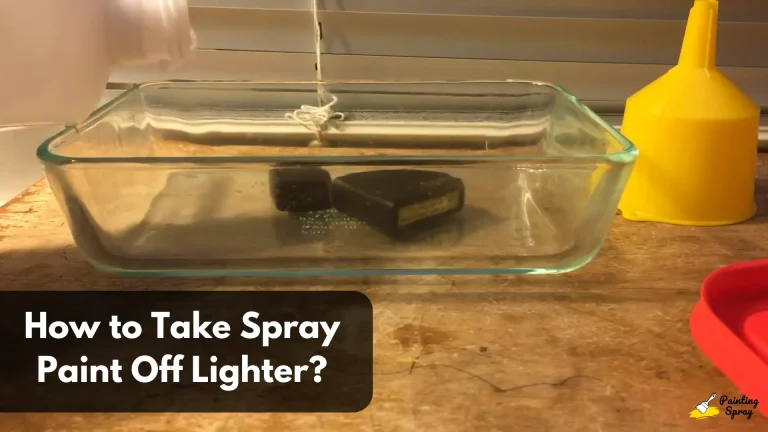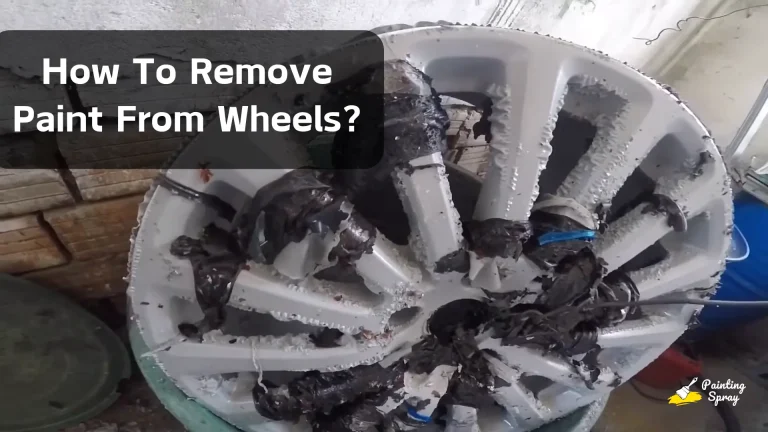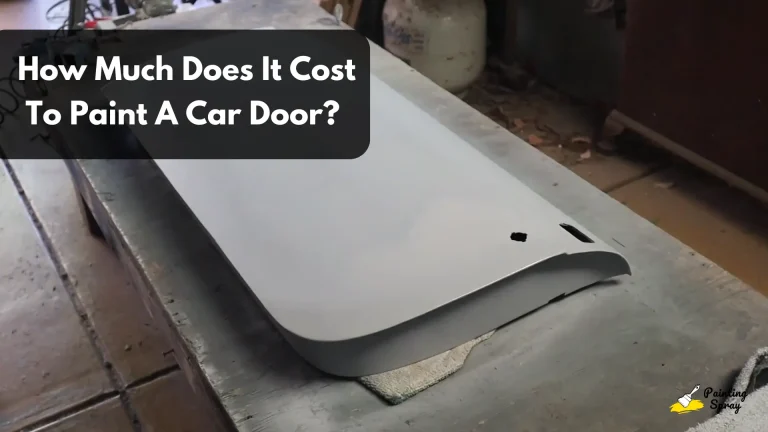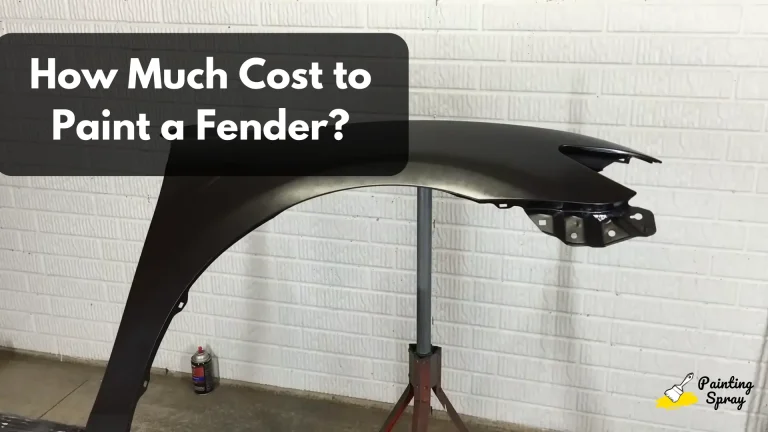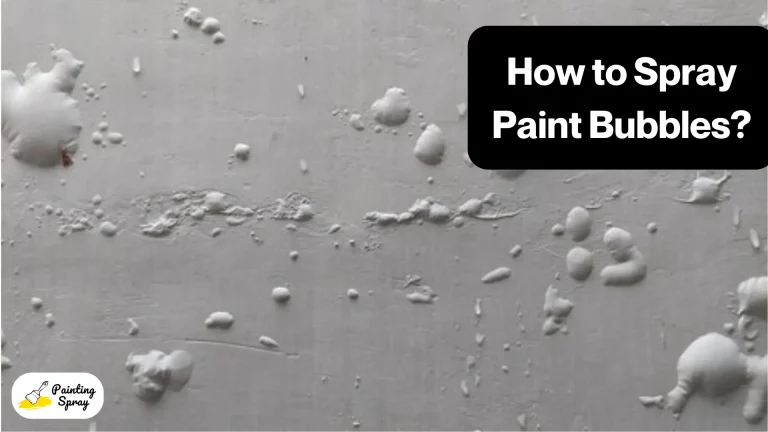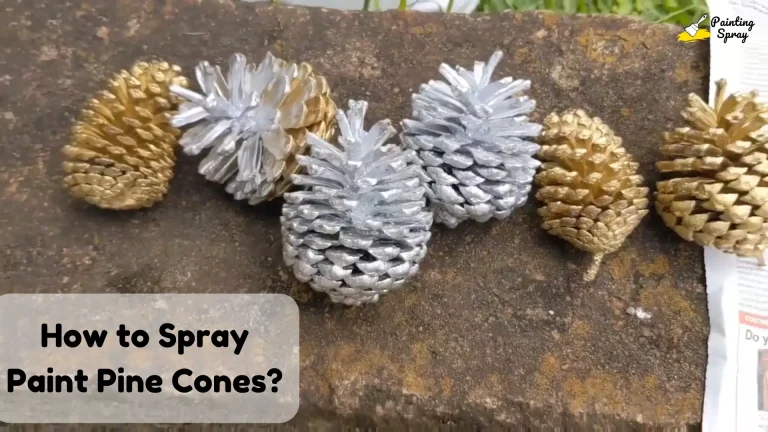What is Self Etching Primer? Understanding Its Uses and Benefits

Self-etching primer is a specialized coating designed for metal surfaces, making it an essential product in your painting toolkit. This primer helps prepare the surface by etching it, allowing paint to stick better and providing a strong base for your projects. It combines an acid with zinc particles, which bond to the metal, enhancing durability and preventing rust.
Using self-etching primer is especially common in automotive projects. If you’re working on a car or metal furniture, this primer not only protects against corrosion but also smooths out the surface for a more polished finish. It plays a crucial role in surface preparation, ensuring that your paint job looks professional and lasts longer.
Whether you’re tackling a DIY project at home or working in a professional setting, understanding self-etching primer can significantly improve your results. It’s a convenient option that saves you time while delivering the quality that your projects deserve.
Understanding Self-Etching Primer
Self-etching primer is an essential product for preparing surfaces, especially metals and fiberglass, for painting. It is designed to promote adhesion and provide corrosion protection. This section will explore its composition and characteristics, along with the benefits it offers over regular primers.
Composition and Characteristics
Self-etching primers contain key components like phosphoric acid and zinc particles. The phosphoric acid helps to chemically etch the surface of metals, creating a rough texture that enhances adhesion. Meanwhile, the zinc particles embed into the metal, providing a protective layer against corrosion.
These primers are ideal for various metals, including steel, aluminum, and brass. They can easily target those hard-to-reach areas, making them useful for intricate projects. Unlike regular primers, self-etching primers do not require extensive sanding, saving time and effort.
Benefits Over Regular Primers
Self-etching primers offer significant advantages compared to traditional primers. The primary benefit is improved adhesion. The etching process creates a strong bond between the primer and the metal surface. This ensures that the paint adheres well and lasts longer.
Another advantage is corrosion protection. By utilizing zinc particles, self-etching primers help prevent rust formation on metal surfaces. This is particularly important in environments exposed to moisture or harsh conditions.
In summary, the combination of etching and priming capabilities makes self-etching primers a convenient choice for metal projects, leading to better results and longer-lasting finishes.
Preparation and Application
Getting ready to use self-etching primer involves two important steps: preparing the surface and applying the primer correctly. Both steps ensure that you achieve a strong bond and a smooth finish.
Surface Preparation Steps
Before applying self-etching primer, make sure to prepare the surface properly. Here are the key steps:
- Clean the Surface: Remove any dirt, grease, or old paint using a suitable cleaner. A degreaser can be helpful for oils.
- Sanding: Lightly sand the bare metal with fine-grit sandpaper. This creates a rough texture that helps the primer adhere better.
- Dust Removal: Clear off any dust or debris from sanding. A clean, dry cloth or compressed air works well.
- Safety Precautions: Always wear gloves and a mask to protect yourself from dust and fumes. Work in a well-ventilated area.
By following these steps, you ensure that the metal surface is ready for the primer application.
Application Process Explained
Once the surface is prepped, you can start applying the self-etching primer. Follow these steps for best results:
- Shake the Primer: Mix the primer well in the can to ensure an even consistency.
- Apply with Care: Use a spray gun, paint sprayer, or brush to apply the primer. Hold the sprayer 6-12 inches away from the surface.
- Even Coats: Apply thin, even coats rather than one thick layer. This helps avoid runs and drips.
- Drying Time: Allow the primer to dry according to the manufacturer’s instructions, usually around 30 minutes to 1 hour. Ensure the surface is dry to the touch before applying additional layers or paint.
Using these steps will help you achieve a solid base for your paint or coating, leading to better results.
Compatibility and Use Cases
Self-etching primer is specifically designed to bond with certain surfaces, making it useful in various projects. Its compatibility with different materials affects how well it performs, especially in demanding applications.
Suitable Materials and Surfaces
Self-etching primer is best used on bare metal surfaces, such as steel and aluminum. This primer provides a strong bond by chemically etching the surface, which enhances adhesion.
You can also apply it to hard plastics and fiberglass. However, testing is recommended to ensure compatibility, as not all primers work well with every type of plastic.
Before applying, always clean the surface thoroughly to remove any grease or contaminants. This preparation is essential for achieving the intended results.
Automotive and Marine Applications
In the automotive industry, self-etching primer is often used for repainting and restoring vehicles. It helps in preventing rust on exposed metal parts, making it ideal for projects that involve automotive components.
For marine applications, the primer works effectively on fiberglass surfaces. It provides essential protection against the harsh marine environment while preparing the surface for paint.
Using self-etching primer in these settings aids in forming a solid base for topcoats, improving durability and longevity. Always follow the manufacturer’s instructions for the best results.
Aftercare and Maintenance
Taking care of self-etching primer involves proper application of a topcoat and maintaining the surface for lasting results. Following these steps will help you achieve strong paint adhesion and effective corrosion resistance.
Ensuring Long-Term Adhesion
To maintain adhesion, it’s vital to apply the topcoat within the recommended time frame. If too much time passes after priming, the surface can oxidize, which may hinder paint adherence. Ideally, wait no longer than a week.
Before applying the topcoat, ensure the primer is completely cured. Check the texture; it should feel firm and dry.
Surface Preparation Tips:
- Clean the primed surface thoroughly to remove dust and grease.
- Lightly sand any rough patches with fine-grit sandpaper to improve texture.
Applying additional primer is not usually necessary but can help if you notice imperfections. Always use compatible products to avoid issues with adhesion.
Topcoat Application Recommendations
When selecting a topcoat, choose one designed for use with self-etching primer. This ensures compatibility and maximizes performance. Look for products labeled as suitable for metal surfaces for best results.
Application Steps:
- Ensure the work environment is well-ventilated.
- Use a good-quality brush, roller, or spray gun for an even coat.
- Apply thin layers rather than one thick coat to prevent drips and runs.
Allow adequate drying time between each layer. This step helps to achieve a uniform surface and a smooth topcoat finish. Regular inspections and touch-ups will preserve your work and enhance corrosion resistance over time.

